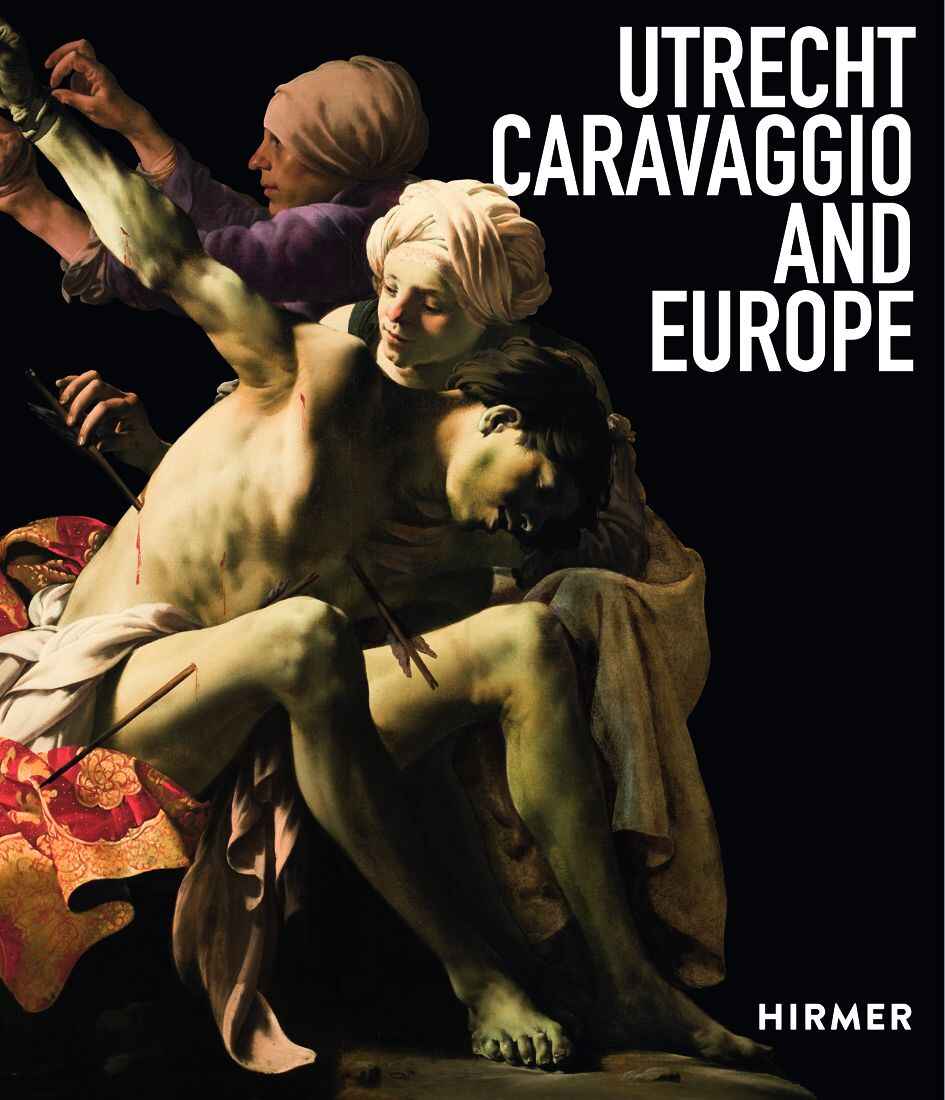
The wealthy and influential families of Rome patronised the young, impecunious painter Michelangelo Merisi (1571-1610) from the town of Caravaggio in Lombardy. They welcomed him as a guest in their palaces. They did the same for his followers, the young painters who had undertaken perilous journeys across Europe to complete their training in Rome, study the works of classical antiquity and the Renaissance and interact with their contemporaries. Not all of the oltramontani, as foreigners coming from beyond the Alps were called, achieved fame and some soon fell into oblivion. Yet a few of them, demonstrating great talent and skill and taking advantage of a network of social contacts, can today be found in the world’s major museums because, with their creative means of brush and paint, the artists sought to capture on canvas emotions, affects and movements, in order to generate empathy and captivate the viewers of their works.
The famous Alte Pinakothek in Munich had shown from April 17 until July 21, 2019 the great exhibition Utrecht, Caravaggio and Europe (Hirmer catalogue: Amazon.com, Amazon.co.uk, Amazon.de, Amazon.fr). Some 44 museums from around the world had sent paintings by 17 artists, including Caravaggio himself as well as the Utrecht Caravaggisti Hendrick ter Brugghen (1588–1629), Gerard van Honthorst (1592–1656) and Dirck van Baburen (c. 1592/93–1624). The catalogue shows impressively how the young artists individually explored this role model and thereby developed their own individual style.
In around 1600 Rome was the centre of the world. There were no fewer than 2,700 artists registered in the city in the period 1600–1630, among them 572 foreigners. They lived in the same districts, and many of them shared the same lodgings. Attracted by Caravaggio’s spectacular success, the young painters studied the same works, discussed matters with each other and used Caravaggio’s style to develop their own individual pictorial language. Tracing the careers of the three most important Utrecht Caravaggists, the authors describe the atmosphere of this artistic mood of renewal. Only in a comparison with their European fellow artists does it become evident how strongly the Dutch tradition, with its love of merciless realism, influenced the creative work of the Utrecht painters.
The three Utrecht painters Hendrick ter Brugghen, Gerard van Honthorst and Dirck van Baburen travelled to Rome independently of each other in the early decades of the 17th century. They went to the Eternal City to see the art of classical antiquity at first hand, to study the masterpieces of the Italian Renaissance, and above all to learn about the revolutionary innovations introduced by Caravaggio.
The catalogue’s essays explore Utrecht as a libertine city, Rome 1600-1630, imitation and improvement by the Utrecht Caravaggisti, the interplay between the Utrecht Caravaggisti, the art market and collectors, the technique and expression of the Utrecht Caravaggists. The book also contains all exhibited works with an impressive amount of information about them, short artist biographies, a bibliography and more about the master of the chiaroscuro and his followers.
The catalogue accompanying the exhibition at Alte Pinakothek, Munich was edited by: Bernd Ebert, Liesbeth M. Helmus: Utrecht, Caravaggio and Europe. With contributions by M. J. Bok, B. Ebert, L. M. Helmus, S. Hoppe, H. Langdon, V. Manuth, A. Roy. Hardcover, Hirmer, 2019, 304 pages with 330 illustrations in color, 24 x 28 cm, ISBN: 978-3-7774-3133-8. Order the English version of the book from Amazon.com, Amazon.co.uk, Amazon.de, Amazon.fr; deutsche Ausgabe: Utrecht, Caravaggio und Europa bei Amazon.de.
If you read German, have a look at our review of Sybille Ebert-Schifferer’s reference book about Michelangelo Merisi aka Caravaggio.

For a better reading, quotations and partial quotations in this exhibition / book review are not between quotation marks.
Book review added on February 1, 2022 at 16:52 German time. Keyword “chiaroscuro” added on January 3, 2024.